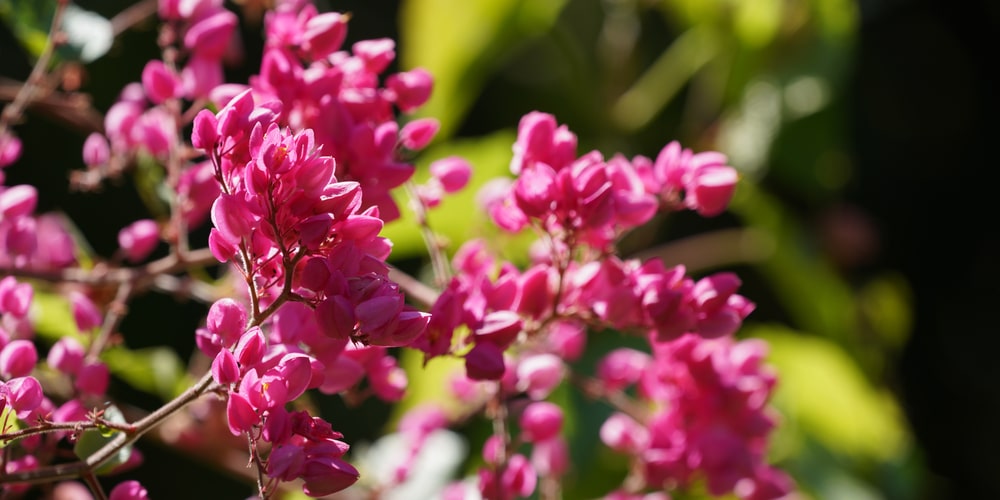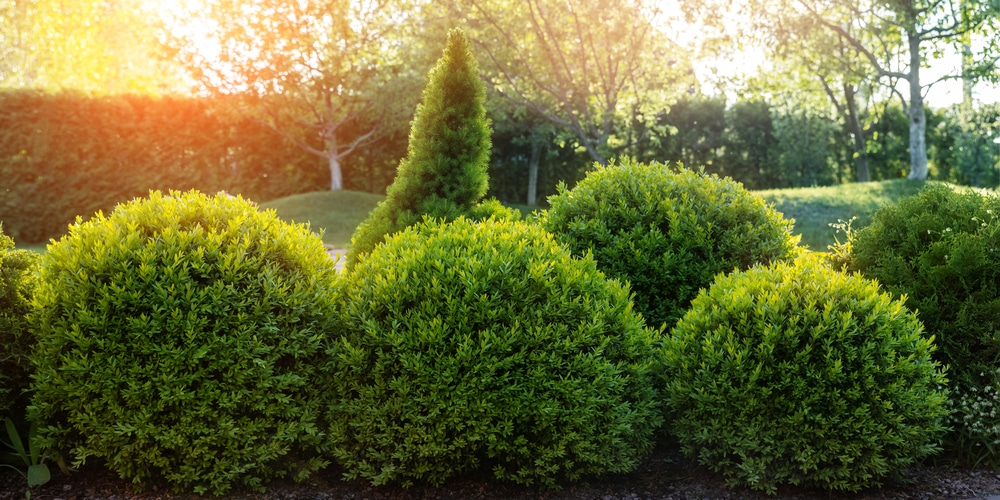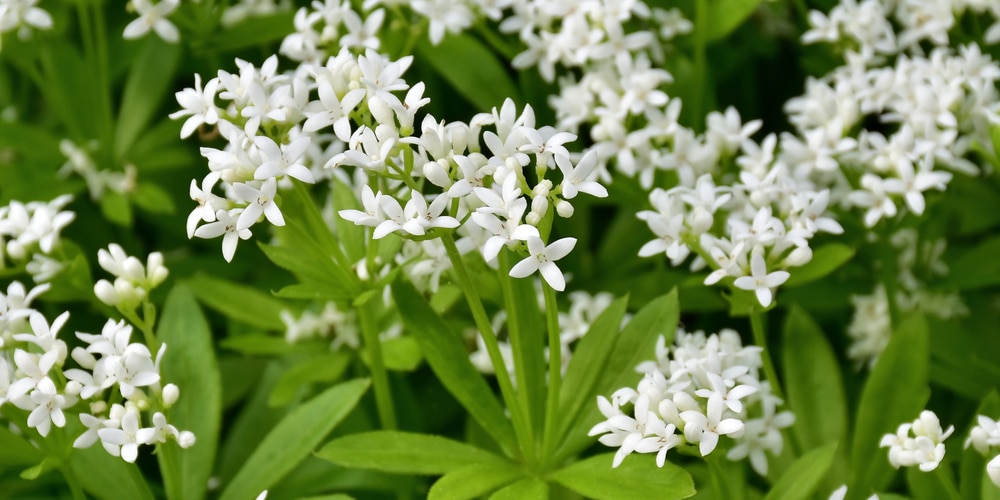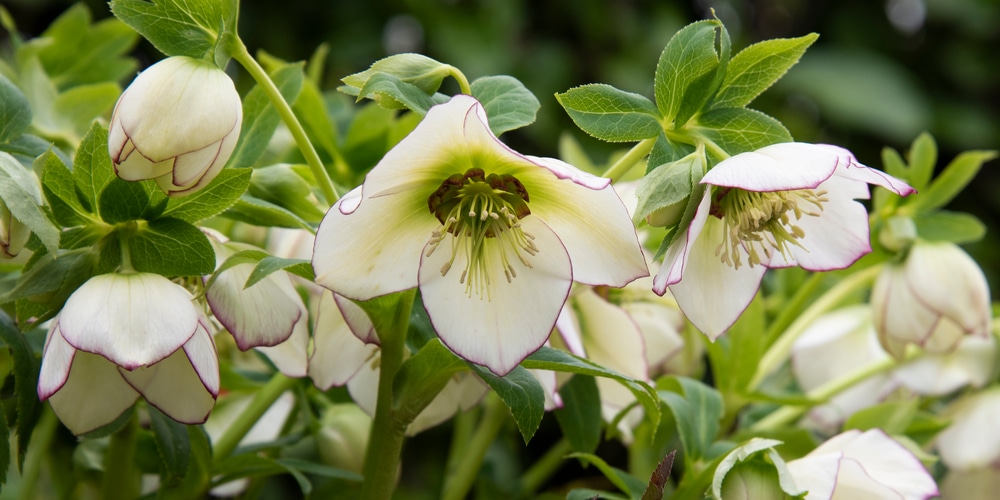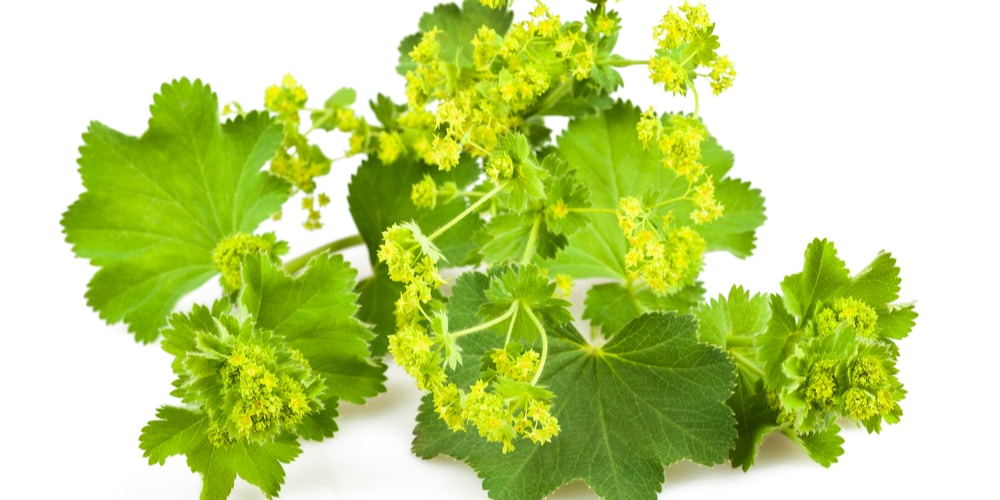Shade is an essential resource for all life as it provides refuge from the heat of the afternoon sun. However, this does not always apply, particularly in plant life, as a majority of plants love and require direct sunshine to grow best. So, what do you do if you want to establish a garden in a shaded landscape? What are the best shade plants for Colorado?
In Colorado, any shade cast by trees or structures creates a tough spot that strikes fear in the hearts of even the most intrepid gardeners: DRY SHADE.
Read on to find some of the shade-loving plants that you will grow and thrive on your Colorado lawn or garden.
Best shade plants for Colorado
While cultivating in a dry shade is generally difficult, it doesn’t mean that you can’t add color and life to those darker parts of your landscape. There is a wide variety of shade-loving plants that are suited for Colorado’s dry climate.1.
Coral bells (Heuchera)
Most shade plants are grown for their striking foliage and colorful blooms.
Coral bells, also known as alumroot, are extremely low-maintenance perennial plants that thrive in full shade or sun.
Although they bloom into impressive flowers in May and June, they are mainly grown for their multi-colored leaves – they provide colorful foliage during spring through fall.
Despite being listed as evergreens, coral bells show off several foliage colors, including purple, salmon pink, variegated, burgundy, lime green, chartreuse, metallic silver, and bronze. They are sure to add color and life to your Colorado shade garden.
2. Boxwood (Buxus spp)
For gardeners who want to add year-round color to dry shades, boxwoods are slow-growing broadleaf evergreens that grow in partial or dappled shade. They are a favorite for hedges and borders.
If you have a spot bathed in dappled shade where other plants seem not to do well, try a boxwood, and you will likely see better results. Boxwoods are moderately low-maintenance.
3. Sweet woodruff (Galium odoratum)
If you are considering a ground cover for that dark, dry spot in your Colorado lawn, this creeping, mat-forming perennial might do wonders.
Sweet woodruff is a low-growing plant that grows in the shade and self-seeds, creating a dense semi-green carpet-like ground cover that is sure to add texture and interest to even deeply shaded areas of your garden.
The herb is commonly grown for its small, sweet-smelling, four-petalled, lacy white flowers and the fresh smell its leaves give off. The foliage can be used to make sachets and potpourris due to the strong aroma it emits when crushed.
4. Lenten rose (Helleborus orientalis)
This is not a rose; rather, a perennial hybrid hellebore. Its name is a portmanteau of Lent and rose, referring to when the plant blooms and the appearance of its flower buds.
Lenten rose is valued for its ability to thrive in full to partial shade and its early-season blooms, emerging as early as February or early March. Its thick, leathery, palmate leaves with serrated edges stay evergreen year-round.
Passionate gardeners often hybridize their lenten roses to produce strike flowers that accentuate the bloom’s yellow stamens. Blossoms emerge in a wide range of colors, ranging from white and pink to deep pink.
Notably, lenten rose is deer resistant and toxic to humans if ingested.
5. Lady’s mantle (Alchemilla mollis)
Lady’s mantle is an old-fashioned deer and rabbit tolerant perennial that still has a place in the ornamental garden. It thrives in a dry shade, producing soft, fuzzy, gray-green foliage consisting of scalloped-shaped leaves. In late spring and early summer, this plant blooms into yellow to chartreuse flowers.
Notably, the lady’s mantle self-sows, so you may want to remove the flowers before they develop into seeds to encourage reblooming.
Like many shade-loving plants, the lady’s mantle is low maintenance as it only requires to be cut back to the ground in spring.
6. Creeping Oregon Grape Holly (Berberis repens)
If you have a shady location where you would wish to plant a shrub, creeping Oregon grape holly is an excellent option to go there. Formerly known as Mahonia, this broadleaf evergreen shrub is native to Colorado and usually produces new leaves in spring.
New leaves are bronze-red in color but usually turn glossy, deep green as they age, then red-purple in fall. The leaves are waxy, which helps reduce evapotranspiration in summer and winter.
In spring, creeping Oregon grape holly blooms into yellow flowers that develop into blueberries in summer.
Note: The leaves of this plant are prickly, so consider this before planting.
Best shade plants for Colorado: Finals thoughts
Every yard and garden deserves color and life, whether shaded or not. If you are looking for shade plants to grow in your Colorado garden, try these plants, and you will like the results.
Related Article: The Best Time of Year to Plant Grass in Colorado?
